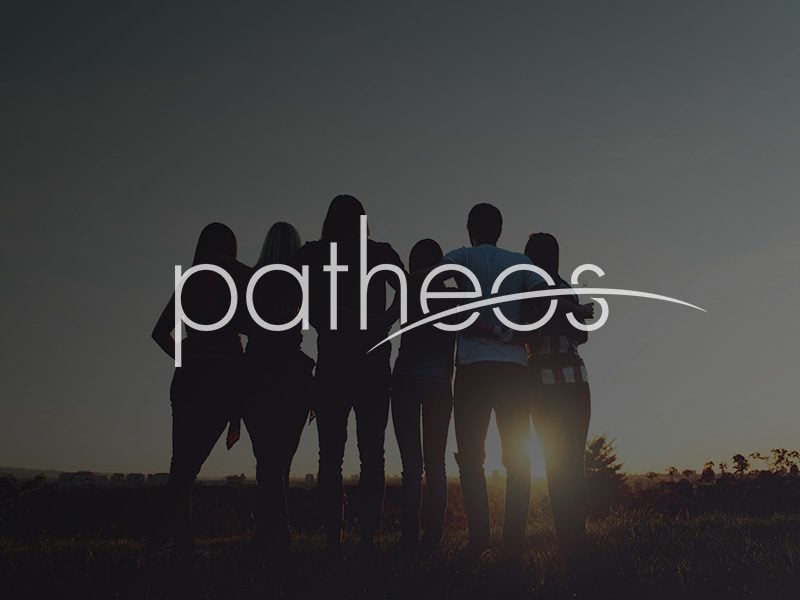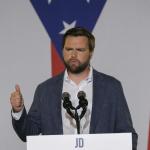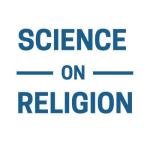by Victoria Lorrimar
Created to be creators?
In engaging with transhumanist visions of the future, and the more general notion of human technological enhancement, from a theological perspective, a helpful starting point is the place of technology within a doctrine of creation.
Within a Christian understanding, an examination of the biblical language for creation (i.e. a word study of the Hebrew bārā’and yātsar –the first of which is reserved only for the action of God while the second is an activity that both God and humans carry out) suggests that it is appropriate to speak of humans as being genuinely creative from a theological perspective. Drawing on a metaphor of God as divine artist, we might situate human making within a theology of creation, rather than relegating it to the more distant doctrines of preservation, providence or redemption. Trevor Hart sums up this approach, arguing that viewing creation as “a project divinely begun and established, yet one that is handed over to us with ‘more to be made of it yet’ and inviting our responsible participation in the making, affords a fruitful perspective on the matter” (Making Good, 2014: 8).
For a long time, the semantic scope of “creation” rejected the possibility of such parallels and served to underscore the radical otherness of God. We can chart the historical shift which saw the notion of creation extended from its previous preserve of God alone to human artistry. “Creation proper” may still apply solely to the work of God in certain instances, but the idea of creation more generally has expanded in scope.
In fact, we can track the understanding of human creativity as it diverges from its humble scriptural origins. The language of creativity is first ascribed to humans during the Renaissance, as the idea of art being a faithful imitation of divine creativity gave way to the idea of the artist or poet as a creator in their own right. This extends through the Romantic era and the Enlightenment period, with the result that the modern understanding of the arts is, on the one hand, more limited than its classical and mediaeval counterparts, in that earlier understandings of art encompassed human productivity more generally, but also more audacious in the claims it makes on behalf of human capacities and originality.
From the time of Francis Bacon, the “father of modern science”, we see this understanding of human capacities bound up in the promise of empirical science, the immense confidence in the expansion of human knowledge, the drive to master nature and the flourishing of utopian thought. This emphasis on dominion came to be enmeshed within theological understandings of creation, as “creation” found its way into the vocabulary used for human activities.
This does not mean, however, that it is inappropriate to speak of humans as genuinely “creative”. Hart, after an extensive historical analysis of the language of creation, reaches the conclusion that: “at various key points in the story of God’s creative fashioning of a world fit for his own indwelling with us, divine artistry actively solicits a corresponding creaturely creativity, apart from which the project cannot and will not come to fruition” (Making Good, 2014: 37).
We find similar ideas in the work of Jacques Maritain and Dorothy Sayers, who reinforce the theological significance of human making and its proper place within a doctrine of creation. Maritain describes the creativity of the artist as a development of divine creation, a work proceeding from the whole soul which bears the image of God. Though he distinguishes the creation of God (who is able to truly generate another substance through divine utterance) and human works of creating (which can only ever be signs), Maritain nevertheless grounds the dignity of art in his assertion that it “realizes in act one of the fundamental aspects of the ontological likeness of our soul with God”. Sayers, too, locates human creativity in our being made in the image of a triune Creator, introduced in her play The Zeal of Thy House(1937) and unpacked further in The Mind of the Maker (1941).
Technological Enhancement and Human Creativity
The challenges posed by transhumanist visions of the human future require us to develop a sufficiently robust account of theological anthropology in return. Of course, theological anthropology is a very broad category, and I’ve focused on the understanding of human creativity within that. If we reflect on enhancement technologies, this prompts the question as to whether these kinds of technology are a legitimate exercise of our creativity, set within the framework of a broader doctrine of creation.
Treating technology as a mode of creativity finds some support in other fields to a limited degree. There has been a tendency toward the corporatisation of “creativity” in technological programmes of this century. A prime example is Kimberley Seltzer’s and Tom Bentley’sThe Creative Age: Knowledge and Skills for the New Economy, which outlines a goal-oriented and problem-solving approach to creativity bearing little resemblance to the understanding of creativity that I’ve already described. The aim, instead, at least from the stated commitments that direct this project and recent conference, is to consider technology in light of the more comprehensive scope of creativity described thus far, and within a theological framework. The decision to ground this theological treatment of human enhancement technology within a doctrine of creation and theology of human creativity garners theological support from a long history of identifying humans as “co-creators” with God. Could technology itself be considered part of the co-creative task?
Most of the detailed theological treatments of human creativity we might turn to focus almost exclusively on the arts. If they do treat technology, they tend to have developed within the science and religion field and often are accompanied by an over-privileging of rationality and an epistemological confidence in human capability that neglects an account of fallenness and the need for discernment (here I’m thinking mainly of Philip Hefner’s “created co-creator” proposal outlined most comprehensively in his 1993 work The Human Factor). In these latter discourses, even if they are moving beyond a foundationalist epistemology, the role of the imagination for understanding and discernment is often neglected.
Yet, transhumanism as a philosophy is veryimaginative. There are all kinds of synergies with science fiction that other scholars have drawn out, but (whatever we say about some of the ideologies involved) we have to admit that transhumanist visions of transcendence are captivating for many (even if not always taken seriously). If we are to engage these movements from a theological perspective then we need to meet them with equally compelling theological accounts of the future, and the good news is that Christian theology has a deep well of resources to draw on in this area.
James McClendon argued for the need to enter the “tournament of narratives” competing for attention within a postmodern milieu. Presented in ways that “recruit” the imagination (as James K. A. Smith describes the imperative for good stories in the moral arena), the visions of transcendence and glorification proclaimed so confidently in transhumanist literature are ripe for reclamation by Christian theologians, philosophers, writers and artists. We might respond with a fuller vision of the human future, a greater hope to set alongside the imaginings of transhumanists and techno-utopians. Of course, this is already a move to eschatology, but then we don’t want to separate out creation and redemption as entirely independent doctrinal loci.
Whereas technology itself tends to occupy many of the classic roles of a deity in the present technological paradigm, theologians are able to expose the “pretensions to self-love” inherent in certain technological mindsets (as theologian Brian Brock puts it). A Christian account of hope declares that in conceiving, assessing and implementing technologies, we bear neither the burden of correctly envisioning or accomplishing redemption for ourselves nor the risk and dread of complete failure. Technology occupies its proper place within the work of a gracious God who allows creation to participate in bringing the creation toward glorious fulfilment.
By reflecting on our technological activity in the context of theological accounts of co-creation (recognising and challenging the ways in which understanding has diverged from a biblical account of creativity), and by setting imaginative portrayals of Christian hope alongside transhumanist projections, we might think of theology as entering the “tournament of narratives” competing for victory over the human (and non-human, an aspect often neglected by transhumanists!) future.











